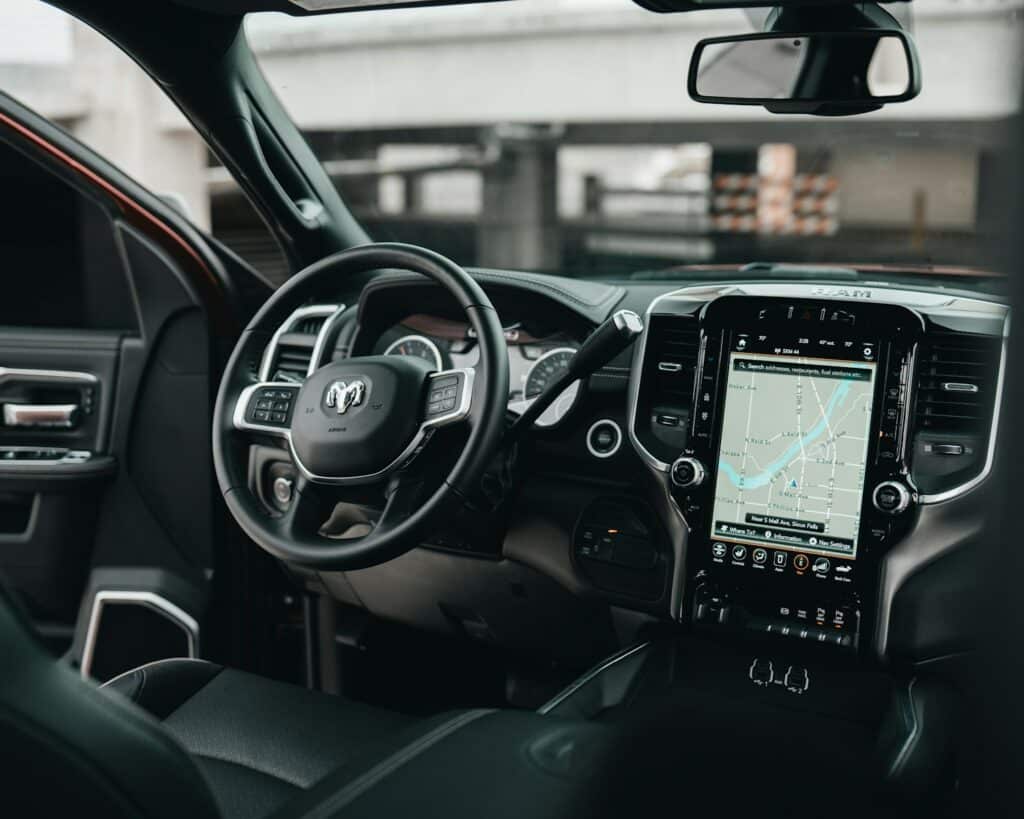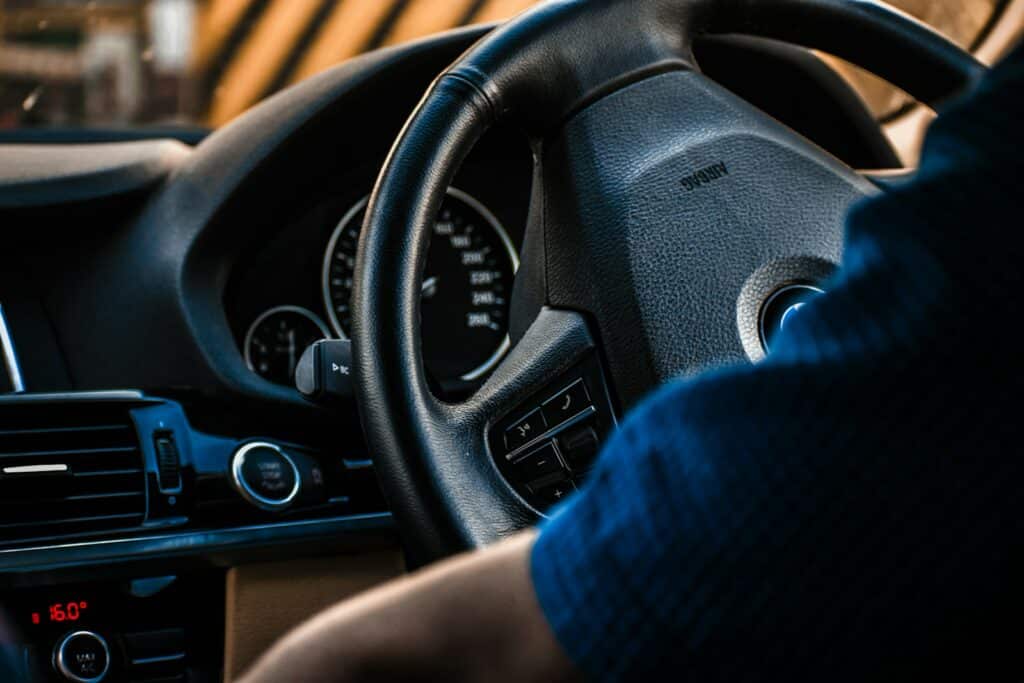Headlight aim, also known as headlight alignment, is adjusted differently for left-hand drive (LHD) and right-hand drive (RHD) cars due to the position of the driver in relation to the road and oncoming traffic.
It is an incredibly important thing to get taken care of
The primary goal of headlight aim adjustment is to optimize visibility for the driver while minimizing glare for other drivers on the road.
Left-Hand Drive (LHD) Cars:
In LHD countries, where drivers sit on the left side of the car, the headlights are adjusted to ensure optimal visibility for the driver.

The right headlight (low beam) is adjusted to have a slightly lower and more directed cutoff to the right side of the road, preventing glare for oncoming traffic. The left headlight (low beam) is adjusted to illuminate the road ahead without causing excessive glare for other cars.
Right-Hand Drive (RHD) Cars:
In RHD countries, where drivers sit on the right side of the car, the headlight aim is adjusted in the opposite manner.

The left headlight (low beam) is adjusted to have a slightly lower and more directed cutoff to the left side of the road, while the right headlight (low beam) is aimed to provide optimal visibility for the driver without causing glare for oncoming traffic.
Why is the aim so important?
The headlights are aimed to provide the driver with the best possible view of the road ahead, allowing them to see obstacles, road markings, and potential hazards clearly.
If you don’t readjust them your view of the road won’t be as clear as it should be.
By angling the headlights slightly downward and toward the side of the road the car is safer for other road users.
Glare for oncoming drivers or drivers in front of you is greatly reduced. This helps prevent discomfort, visual impairment, and ensures everyone is safe on the road.
Headlight aim adjustments are often regulated by local laws and standards to ensure that cars do not cause undue glare and contribute to road safety. In the United Kingdom a sensor is used to check that they are of the correct height.
It’s important to note that headlight aim is a critical aspect of safe driving, and incorrect alignment can reduce visibility, impair other drivers’ vision, and contribute to accidents.
If you are importing a car from a country with a different driving orientation, it’s essential to have the headlights professionally adjusted to ensure they are properly aligned for the road conditions and traffic regulations in your country.
This is something that My Car Import can assist with.
